As writers, we are an endless pool of ideas and concepts. We take our happiness, pain, past, and see stories in all we witness. We are observers of reality, and we take what we observe and create meaning through the stories we tell. Writing brings ourselves closer to answering the fundamental question: What is the meaning of life?
Most people would assume that the writer’s #1 most helpful tool is the pen. Yes, that is true; however, I would argue that a Journal in tandem with a pen is the most crucial tool any writer can use.
It has multiple uses and is always there for you whenever it is needed. You can record your thoughts in it, test out characters and concepts, and it can be a tool for healing yourself.The Journal:

As a writer’s tool, there are two approaches to journaling I recommend using together to create the ultimate writer’s journal.
There is using the journal as a writer’s notebook and using the journal for personal healing.
Together, these purposes will create a book that is uniquely you. And, it will create a space for all your thoughts.
One of the keys to having a successful journal is that it remains a safe space for you to pour your thoughts. You are confident that no one will touch your journal – without your permission.
There are many kinds of journals a writer can use. You can use the notes app in your phone, Word on the computer, buy a $1 notebook from the dollar store, or find yourself a fancy journal.
What matters is that your journal speaks to you – calls to you and gets you excited to write.According to Kathleen Adams, a journal allows you:
- To discover the writer within you
- Get to know all parts of yourself
- Heal your relationships
- Explore your creativity
- and much more
I am currently taking a class in my Master’s program titled: Writing and Healing. Before this class, I never really kept a journal – outside of a little leatherbound book I use to take notes building this blog.
After, I bought a leather journal that I write in every day, processing the events of my life, the stories I want to tell, and the directions I want to take this blog.
Every day, I take 10 to 15 minutes after my meditation and write a journal entry. I use the techniques I’ll go over later in this post. Building this routine improves my productivity, clears my mind, and helps me manage my anxiety and depression.
The Journal as a Writers Notebook:
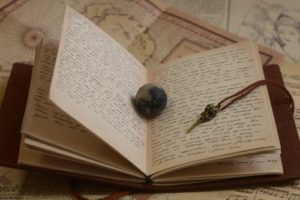
A writer’s notebook is a place for you to store all your ideas and try to find your writer’s voice and your characters’ voices. Preferably, it is something you have on you at all times and available for those split-second ideas that are forever lost if you don’t write them down.
You know the thoughts. The ones that happen when you least expect them and solve all your problems in your W.I.P.
I have two writer’s journals; My leatherbound journal – used for healing and business management. And my phone’s notes app – always in my pocket and ready for whenever I have an urgent epiphany.
The phone has quick ideas for story concepts and/or quick bullet points of how my characters want the plot to unfold. If an idea comes into my head, no matter what I am doing, I’ll take out my phone and write it down.
My leatherbound journal allows me to find my character’s voice. I’ll write an entry in their voice and see how it feels to write that character. It is usually free form thought.
I have an entry where my character Helana describes how boring her everyday life is in Ul’rog and how she needs to escape.
These exercises also give insights into your character’s minds. You can build a relationship with these characters before writing a single word in the soon-to-be-novel.
Writing in the journal also gives you daily writing practice, forcing you to get better without even realizing you are practicing. We are writers; hence, we write!
The Journal for Healing:
Adams states, “(journals have) applications as a tool for personal growth and self-discovery, both to therapists and individuals who want to learn to heal themselves.”

As I have expressed before, in my article Writing With Depression, I suffer from depression and anxiety. It bleeds into all aspects of my life and often becomes difficult to manage.
I have used many coping skills – I have expressed a few in the article above – like meditation and setting goals. They help, but the depression always comes back.
Writing in my journal is an approach I recently started trying, and I already see an increase in my baseline mood and the way I see life.
In one of my journal entries, I wrote a letter to my depression – speaking to it like a person. By personifying my depression, I took power away from it.
Journaling, as healing, allows me to dive into the events that most haunt me. I relive them – allowing me to see how that event made me feel, and how it makes me a better person, now.
Recently, I wrote an entry about losing my eyesight.
I realized, at first, that I didn’t notice my sight gradually fade away until I was on a run with my high school running buddy. I remembered running into a parked car, because I didn’t see it and how embarrassed I felt. It was the first time I noticed I was going blind.
By reliving this event, I can see where my anxiety started – turning events, like a school dance, into places where faceless figures surround me. I was losing my sight, and I was alone. This realization allows me to move away from that fear.
Journal Techniques:
Now, I want to share with you some of my favorite journal techniques from Kathleen Adams’s book, “Journal to the Self.”
It is a book I highly recommend reading if you are interested in journaling and it’s healing capabilities. Kathleen Adams goes in-depth into how her journal works for her, her clients, and different techniques to utilize your journal best.
Unsent Letters:
According to Adams, “(unsent letters) are an effective way of communicating your opinions, deepest feelings, hostilities, resentments, affections, or controversial points of view in a safe, nonthreatening atmosphere.”
The unsent letter technique is meant to allow yourself to say the things that are left unsaid. Maybe someone has hurt you; perhaps you hurt someone and want to apologize. Unsent letters enable you to get those feelings out.
They are meant to remain unsent and only read by yourself.As stated above, I wrote an unsent letter to my depression. By personifying my depression, I was able to communicate with it and ask it why it haunts me. In writing this letter, I found that my depression lost some of its power over me.
Perspectives:
“Perspectives is a journal technique that allows you to explore the possibilities of the roads not taken in your life” (Adams).
The perspective technique is the most common technique you would see in my journal. Perspective allows you to write “as-if” something you are looking forward to is happening or writing a situation from a perspective that is not your own.
Let’s say you get in a fight with your best friend. In the perspective entry, you would write about the fight from the point of view of your friend – allowing you to see situations from a different perspective.
I use the perspective technique injunction with the law of attraction to help visualize the reality I want to live. I wrote an entry “as-if” it was a year later from the date I wrote the entry and imagined where I saw myself and lived in the feelings of that moment. It is a powerful technique for allowing yourself to live as your ideal you.
Springboards:
“There will be times when you sit down to write in your journal… and nothing will come out. … Jump into the journal waters with a springboard” (Adams).
The springboard technique is a great way to jumpstart your subconscious and get yourself writing. The best way to do this is to start your journal entry with a question, phrase, or quote. “Today I am feeling _____,” “What would happen if I did x?”; whatever you feel like writing at the top will be your springboard.
After you write your springboard, do an entrance meditation. Allow your mind to focus on the springboard, and once you are ready, write! Watch the words flow from your pen without concentrating on what the words are. You can read it after.
Conclusion:
A journal is a writer’s #1 most valuable tool. It is not only helpful in improving one’s writing; it also keeps track of your thoughts and ideas and allows you to heal from past traumas and events. Your journal is always there for you when you need it, and it will never judge you for what you write.
It is a space with no rules, and you can write. However, you feel. I highly recommend giving journaling a try.
C. D. Baron
Latest posts by C. D. Baron (see all)
- What is The Novella? Why You Must Write One to Improve Your Skills! - 03/21/2021
- Wake Up! A Short Story (Work in Progress) - 02/07/2021
- My Top 5 Favorite Reads of All Time (So Far) - 01/24/2021
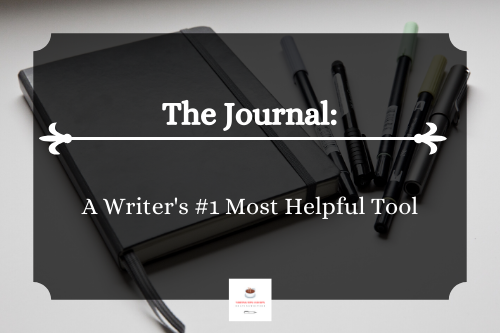

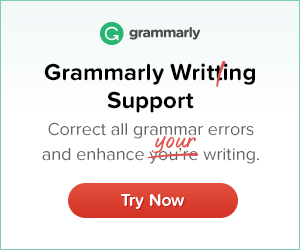
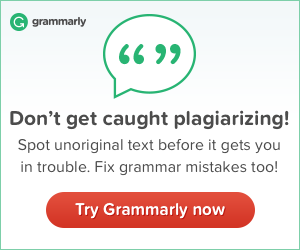
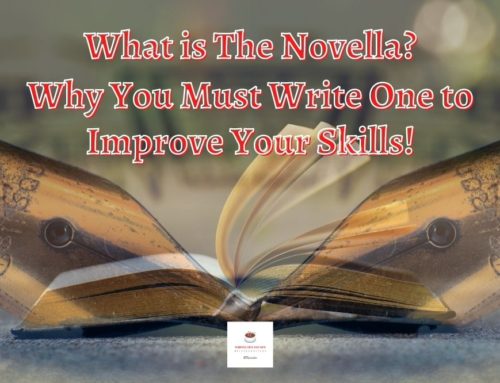

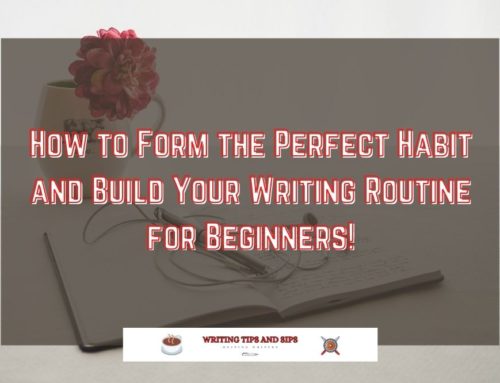
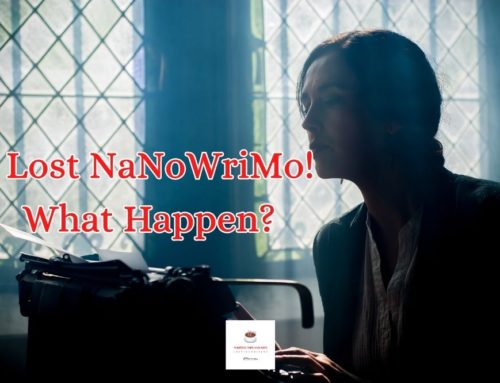
I think it’s a great point that when you write those letters you don’t want to not send them but sometimes you shouldn’t read them again either. I was just going through an old note pad and cane across one. Brought me right back to that moment. It was better left on the paper.